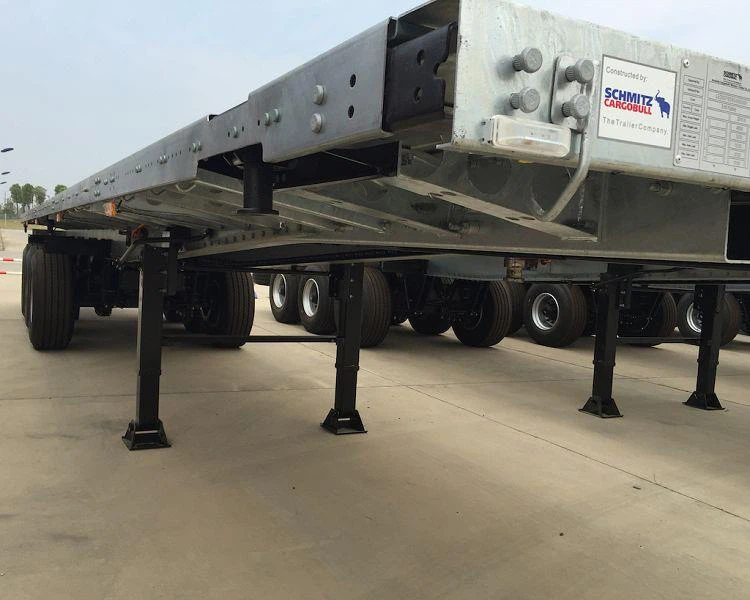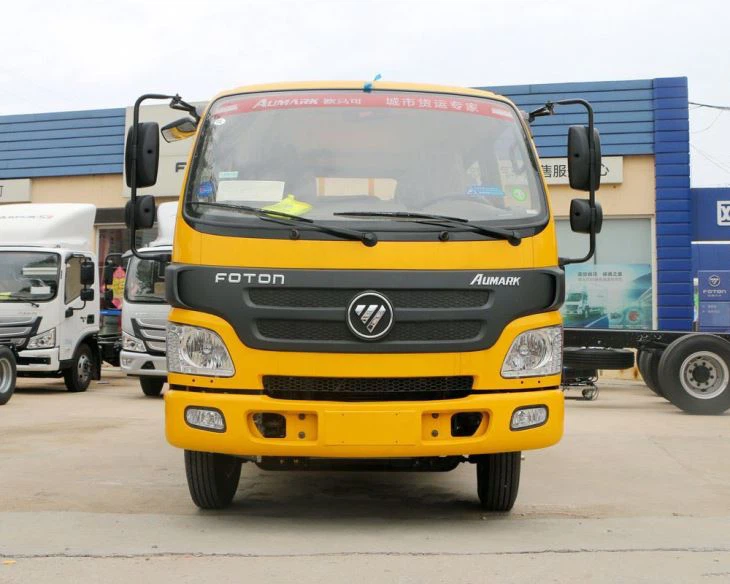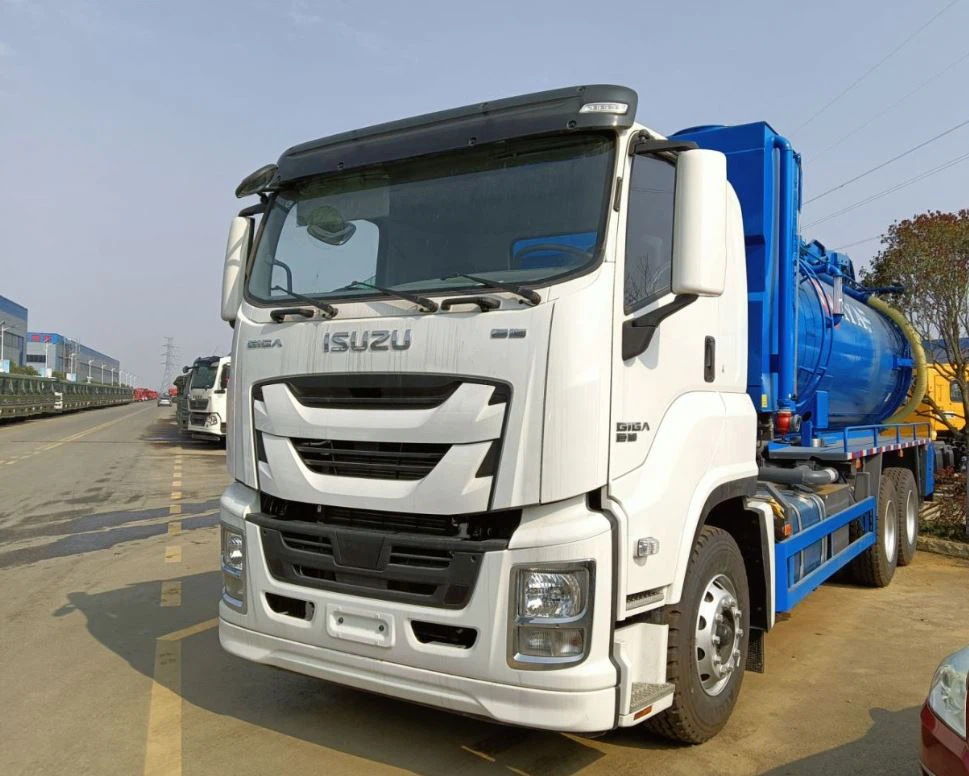What Does Extended Cab Mean? A Comprehensive Guide

Introduction
When it comes to trucks and SUVs, the terminology can sometimes be confusing. One term that often surfaces is “extended cab.” This article will delve deep into what an extended cab means, its history, benefits, comparisons with other cab types, practical applications, and buying tips. Whether you’re a truck enthusiast, someone looking to buy a new vehicle, or simply curious about automotive terminology, this guide will equip you with all the knowledge you need.
Understanding Cab Configurations
What is a Cab?
The term “cab” refers to the portion of the vehicle designed to carry passengers. In trucks, the cab configuration plays a significant role in determining space, comfort, and usability. Cabs can vary significantly in design and usage, catering to different needs.
Types of Cab Configurations
When it comes to trucks, there are several common cab configurations:
- Regular Cab: A two-door design with one row of seats, typically providing limited space.
- Extended Cab: A two-door design with extra space behind the front row for passengers or storage.
- Crew Cab: A four-door design with ample space for passengers in both rows.
What is an Extended Cab?
Defining Extended Cab
An extended cab is a type of truck cab that offers increased space compared to a regular cab. This cab style generally includes rear seats and additional storage space, making it ideal for those who need a versatile vehicle.
Features of an Extended Cab
- Extra Seating: Extended cabs usually feature jump seats or foldable rear seats to accommodate additional passengers.
- Storage Area: The additional space can also serve as storage for tools, equipment, or luggage.
- Accessibility: Many extended cabs have rear access doors that may open in a conventional manner or in a reverse fashion.
Dimensions and Size
Though dimensions can vary by manufacturer, an extended cab typically measures anywhere from 15 to 20 inches longer than a standard regular cab. This additional space allows for improved passenger comfort and cargo capability.
History of Extended Cabs
Origins
The extended cab design dates back to the late 1970s and early 1980s when automotive manufacturers began to recognize the need for vehicles that combined passenger comfort with utility. The introduction of the extended cab catered to families and businesses needing a truck that could serve more than one purpose.

Evolution
Since its inception, the extended cab has evolved. Modern designs now incorporate advanced safety features, improved technology, and enhanced comfort. It’s common to find modern extended cabs equipped with infotainment systems, climate control, and luxury finishes.
Benefits of Extended Cabs
Passenger Capacity
One of the primary benefits of an extended cab is the increased passenger capacity. These trucks can comfortably seat up to five or six individuals, making family trips or gatherings easier.
Utility and Versatility
Extended cabs can function as a family vehicle during the week and a work truck on weekends. This versatility appeals to live-in families, contractors, and outdoor enthusiasts.
Storage Options

With additional space behind the front row, extended cabs offer extra room for tools, sports equipment, or camping gear. This feature is particularly useful for those who enjoy outdoor activities.
Comparison with Other Cab Types

Extended Cab vs. Regular Cab
| Feature | Regular Cab | Extended Cab |
|---|---|---|
| Passenger Seating | Up to 3 | Up to 5-6 |
| Rear Access | No | Yes |
| Storage Space | Limited | Increased |
Extended Cab vs. Crew Cab
| Feature | Crew Cab | Extended Cab |
|---|---|---|
| Passenger Space | More than 5 | 5-6 |
| Cab Size | Larger | Smaller |
| Best Use | Large families or groups | Combination of utility and family use |
Practical Applications of Extended Cabs
Everyday Family Use
Extended cabs make excellent family vehicles, offering enough room for children and gear for road trips or errand runs. They provide comfort and accessibility for passengers.
Work Vehicles
Extended cabs are popular choices for contractors and tradespeople who need to transport both tools and team members. The additional storage options mean that necessary equipment can be kept safe and organized.
Outdoor Adventures
For outdoor enthusiasts, having an extended cab can mean the difference between a comfortable trip and an overcrowded one. These trucks can easily fit camping gear, bicycles, or fishing equipment while still accommodating passengers.
Buying Tips for Extended Cabs
Consider Your Needs
Before purchasing an extended cab, consider what you will primarily use it for. Determine how many passengers you typically carry and the amount of cargo space you require.
Test Drive Multiple Models
Different manufacturers have unique designs for their extended cabs. Test driving various models will give you a better feel for comfort, handling, and features.
Check for Features
Look for features that enhance comfort and usability, such as built-in infotainment systems, safety features, and interior materials.
Consider Resale Value
Research the resale value of the extended cab you’re considering. Some models retain value better than others, which can save you money when it comes time to sell or trade.
Maintenance Tips for Extended Cabs
Regular Inspections
Ensure that the drivetrain and suspension components are regularly inspected, particularly if the truck is used for heavy workloads.
Cleaning the Interior
With more passengers, the interior is more susceptible to wear. Regularly clean and maintain upholstery and carpets to ensure longevity.
Technology Updates
Stay updated with software updates for any onboard systems. This ensures everything runs smoothly and safely.
FAQ Section
What is the primary advantage of an extended cab over a regular cab?
The primary advantage of an extended cab is its additional passenger space and storage options, making it a more versatile vehicle for families and work purposes.
Can you fit car seats in an extended cab?
Yes, depending on the model, you can fit car seats in an extended cab, although usability may vary depending on the rear seat design.
Are extended cabs safe for passengers?
Yes, extended cabs are designed with safety features to protect passengers, similar to those found in other types of cabs.
Do all manufacturers offer extended cabs?
Not all manufacturers offer extended cabs, but many well-known brands such as Ford, Chevrolet, and Ram provide this configuration.
Is insurance higher for extended cabs compared to regular cabs?
Insurance rates can vary based on the utility and risk profile of the vehicle. Extended cabs may have higher premiums than regular cabs due to their larger size and potential utility.
How do I know if an extended cab is right for me?
Consider your lifestyle needs, how many passengers you regularly transport, and what you will use the vehicle for. Test driving an extended cab can also help determine if it suits your comfort needs.
